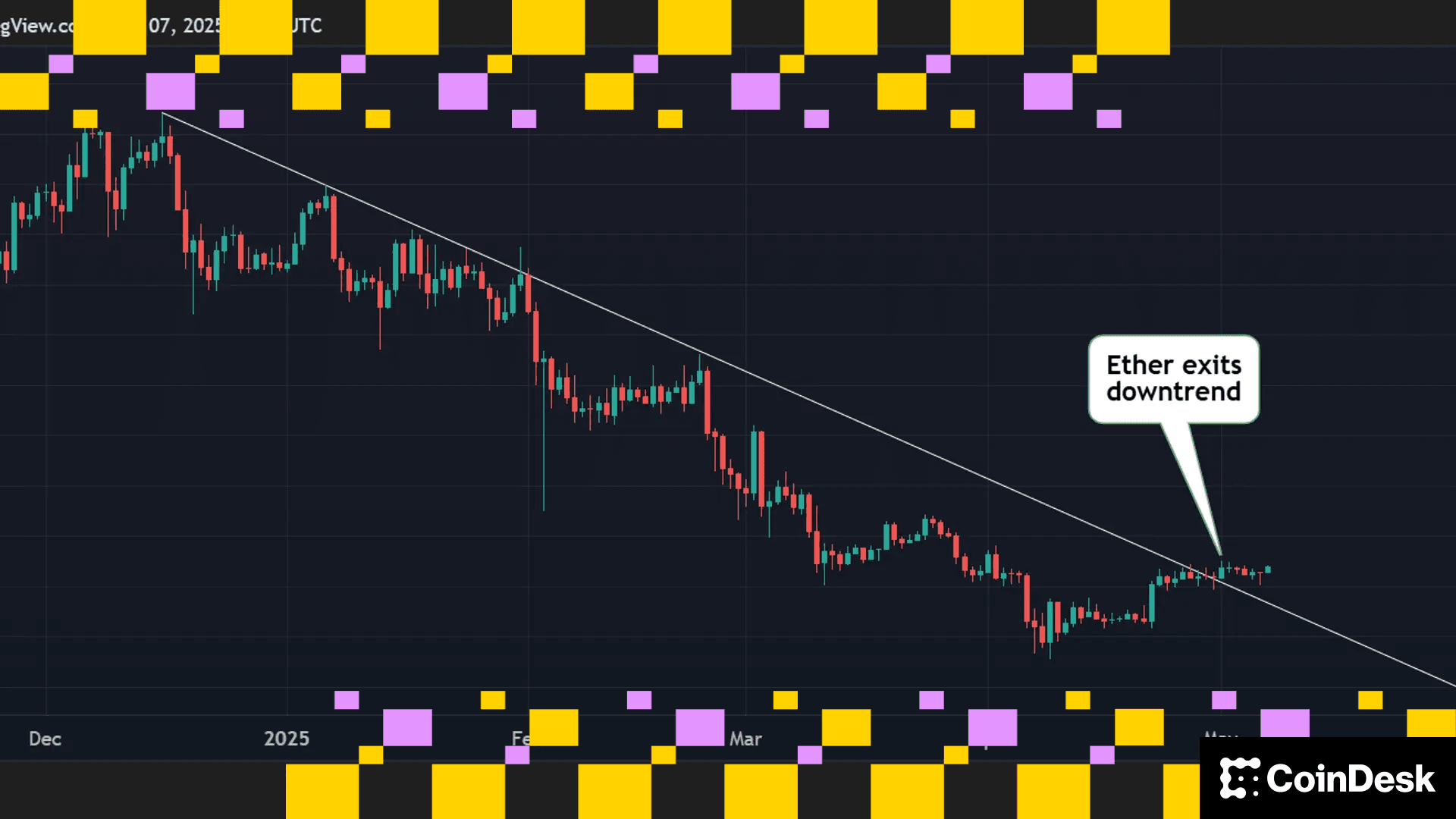Bitcoin Has a 'Real Problem' in U.S.: Paul Tudor Jones
The billionaire hedge fund manager also said lower inflation is also going to be a headwind for the crypto.
Hedge fund manager Paul Tudor Jones said that
"Bitcoin has a real problem because in the United States, you have the entire regulatory apparatus against it," Jones said on CNBC's Squawk Box.
Jones – who previously lauded bitcoin's appeal as an inflationary hedge – added that he believes inflation will continue to come down, adding to the less-bullish scenario for the crypto.
Following the events of 2022, coming to a head with the dramatic collapse of FTX in November, U.S. regulatory bodies have become rather more hawkish toward the crypto industry, exemplified by the Securities and Exchange Commission's (SEC) threat of legal action against publicly-traded cryptocurrency exchange Coinbase (COIN).
The hedge fund manager's comments suggest his sentiment toward bitcoin has cooled somewhat since saying in 2020 that he could see himself allocating as much as 5% of his assets to BTC in the face of monetary debasement by the Fed.
Last October, however, Jones described his allocation to bitcoin as "minor," saying that cash is the place to be as long as the Fed can be trusted to get a handle on inflation.
Read More: Are Cryptocurrencies an Inflation Hedge? Theoretically Yes, Factually No Says S&P
More For You
Exchange Review - March 2025

CoinDesk Data's monthly Exchange Review captures the key developments within the cryptocurrency exchange market. The report includes analyses that relate to exchange volumes, crypto derivatives trading, market segmentation by fees, fiat trading, and more.
What to know:
Trading activity softened in March as market uncertainty grew amid escalating tariff tensions between the U.S. and global trading partners. Centralized exchanges recorded their lowest combined trading volume since October, declining 6.24% to $6.79tn. This marked the third consecutive monthly decline across both market segments, with spot trading volume falling 14.1% to $1.98tn and derivatives trading slipping 2.56% to $4.81tn.
- Trading Volumes Decline for Third Consecutive Month: Combined spot and derivatives trading volume on centralized exchanges fell by 6.24% to $6.79tn in March 2025, reaching the lowest level since October. Both spot and derivatives markets recorded their third consecutive monthly decline, falling 14.1% and 2.56% to $1.98tn and $4.81tn respectively.
- Institutional Crypto Trading Volume on CME Falls 23.5%: In March, total derivatives trading volume on the CME exchange fell by 23.5% to $175bn, the lowest monthly volume since October 2024. CME's market share among derivatives exchanges dropped from 4.63% to 3.64%, suggesting declining institutional interest amid current macroeconomic conditions.
- Bybit Spot Market Share Slides in March: Spot trading volume on Bybit fell by 52.1% to $81.1bn in March, coinciding with decreased trading activity following the hack of the exchange's cold wallets in February. Bybit's spot market share dropped from 7.35% to 4.10%, its lowest since July 2023.
More For You












